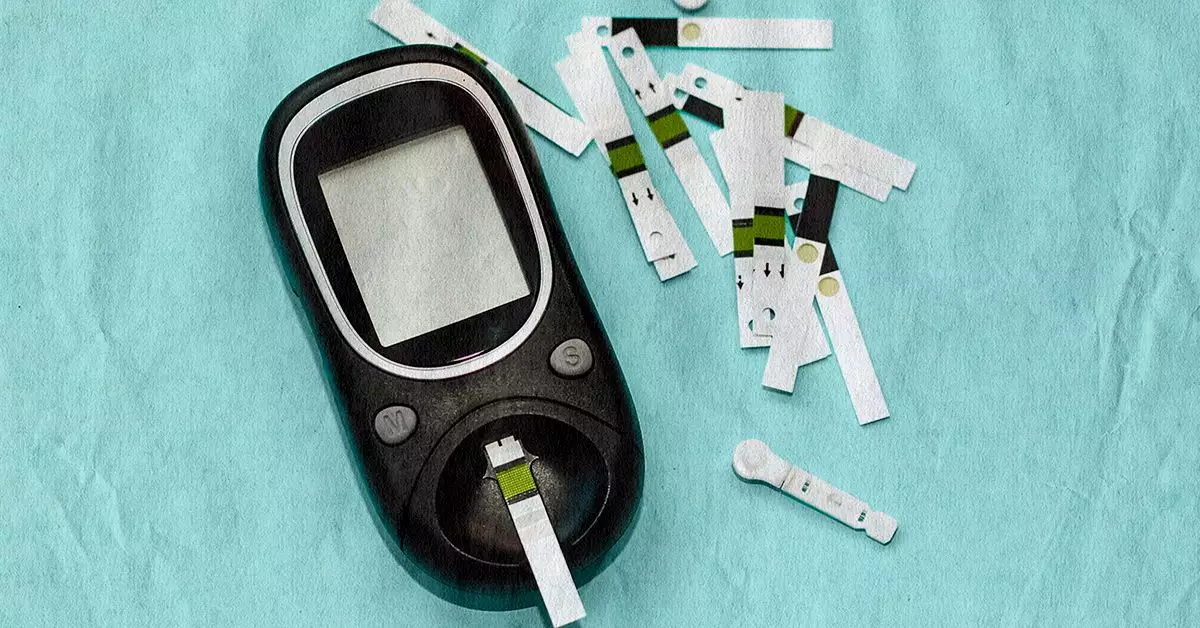Hypoglycemia, or low blood sugar levels, can be a dangerous condition if not managed properly. Blood sugar levels at or below 50 mg/dL are considered to be particularly risky. Glucose is vital for the body as it serves as the main energy source for all organ systems to function properly. There are various factors that can lead to hypoglycemia, such as certain diabetes medications, skipping meals, or engaging in intense physical activity. When blood sugar levels drop significantly, it can result in severe complications like seizures and coma. It is crucial for individuals at risk to frequently monitor their blood sugar levels and take necessary actions to correct low glucose levels promptly.
Health experts generally classify blood sugar levels below 99 mg/dL as normal for fasting levels. However, for individuals with diabetes, there are specific target ranges recommended by organizations like the American Diabetes Association. This may include levels of 80 to 130 mg/dL before meals and less than 180 mg/dL after meals. Severe hypoglycemia is identified as blood sugar levels around 50 mg/dL or lower, which can pose serious risks like loss of consciousness, seizures, and coma. It is essential to be aware of the signs of hypoglycemia and be prepared to act promptly in case of an emergency situation.
In the event of experiencing symptoms related to low blood sugar, individuals are advised to check their blood sugar levels immediately. The 15-15 rule can be followed to restore blood sugar levels effectively, which involves consuming 15 grams of carbohydrates, waiting for 15 minutes, and repeating if needed until the blood sugar reaches a stable level. However, in cases of severe hypoglycemia where the person is unable to eat or drink, emergency measures like administering glucagon may be necessary. Glucagon is a hormone that can rapidly elevate blood sugar levels and is available in both injectable and nasal spray forms for emergency use.
When administering injectable glucagon, the process involves inserting the needle into the vial containing glucagon powder, pushing down the plunger, mixing the solution, drawing the solution into the syringe, injecting it into the thigh, buttock, or upper arm of the person, and contacting emergency services if needed. Nasal glucagon can also be used by inserting the device into one nostril and pressing the plunger. It is crucial to monitor the individual’s response to treatment and provide oral carbohydrates afterward to prevent a recurrence of hypoglycemia.
Hypoglycemia is more commonly observed in individuals with type 1 or type 2 diabetes, especially those using certain medications that can lower blood sugar levels. However, anyone can experience hypoglycemia due to various reasons such as incorrect insulin dosage, skipping meals, intense exercise, or alcohol consumption. It is important to understand the potential triggers of hypoglycemia and take preventive measures to avoid dangerously low blood sugar levels.
Hypoglycemia is a serious medical condition that requires vigilance and proactive management. By being aware of the risks associated with low blood sugar levels, recognizing the symptoms, and knowing how to respond effectively, individuals can minimize the chances of severe complications. Regular monitoring of blood sugar levels, following recommended guidelines for target ranges, and having access to emergency treatments like glucagon are essential steps in ensuring the safety and well-being of those at risk of hypoglycemia.

